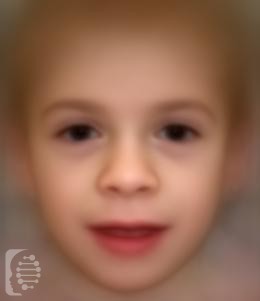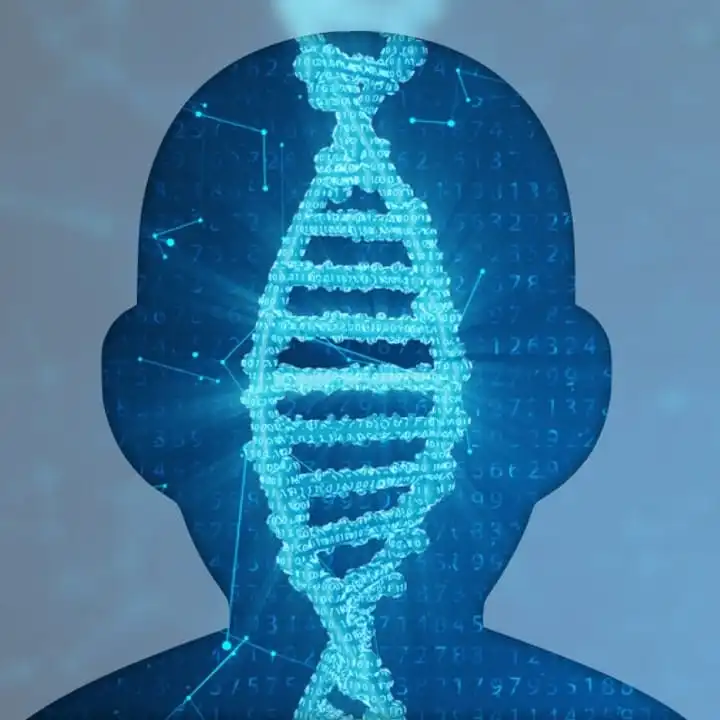What is Nicolaides-Baraister syndrome (NCBRS)?
Nicolaides-Baraitser syndrome is a very rare genetic condition with just 75 known recorded cases. to date.
Common symptoms of the syndrome include severe mental retardation, short stature, sparse hair, early-onset seizures, and characteristic facial features.
This syndrome is also known as:
NBS; NCBRS; Sparse Hair and Mental Retardation
What gene change causes Nicolaides-Baraister syndrome (NCBRS)?
The syndrome is caused by a mutation in the SMARCA2 gene. Mutations are de novo and the condition is not inherited.
In some cases, a genetic syndrome may be the result of a de-novo mutation and the first case in a family. In this case, this is a new gene mutation which occurs during the reproductive process.
What are the main symptoms of Nicolaides-Baraister syndrome (NCBRS)?
Facial and physical characteristics include a triangular face, sparse scalp hair, microcephaly, a short stature, prominent finger joints, exceptionally short fingers and toes, deep-set eyes, a thin nasal bridge, wide nostrils, and a thick lower lip.
Individuals with the syndrome usually have a lack of subcutaneous fat under their facial skin which leads to early wrinkling of the skin, visible veins, and pale skin.
Other health conditions may include severe seizures and epilepsy, moderate-several intellectual disability, and limited to zero speech development. ⅓ of all individuals with the syndrome will have no speech.
Feeding issues and problems are also common to the syndrome, as are umbilical or inaugural hernias. Some individuals may experience genital and dental abnormalities.
Possible clinical traits/features:
Wide mouth, Thin vermilion border, Widely spaced teeth, Seizure, Poor speech, Long philtrum, Low anterior hairline, Narrow nasal bridge, Unilateral narrow palpebral fissure, Neurological speech impairment, Anteverted nares, Intrauterine growth retardation, Intellectual disability, severe, Scoliosis, Microcephaly, Broad philtrum, Thick lower lip vermilion, Triangular face, Sandal gap, Wide nasal base, Sparse scalp hair, Prominent interphalangeal joints, Abnormal hair quantity, Short metacarpal, Short metatarsal, Accelerated skeletal maturation, Absent speech, Aggressive behavior, Blepharophimosis, Abnormal palate morphology, Abnormal nipple morphology, Abnormality of the metacarpal bones, Abnormal joint morphology, Abnormal eyelash morphology, Abnormality of epiphysis morphology, Abnormal distal phalanx morphology of finger, Hernia, Highly arched eyebrow, Cognitive impairment, Short phalanx of finger, Short stature, Clubbing of toes, Malformation of the heart and great vessels, Failure to thrive.
How is it diagnosed?
To find out if someone has a diagnosis of Nicolaides-Baraister syndrome (NCBRS), it is important to have a consultation and evaluation with a clinical genetic specialist. Specialists may also suggest specific genetic testing or other types of tests to help reach a diagnosis. FDNA’s AI technology can help speed up the diagnostic process by analyzing facial features and other health information.

